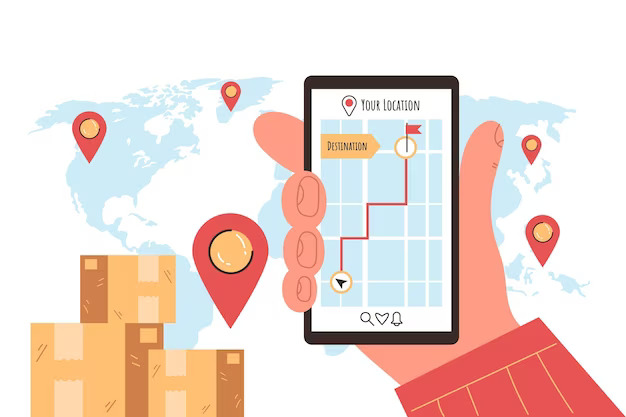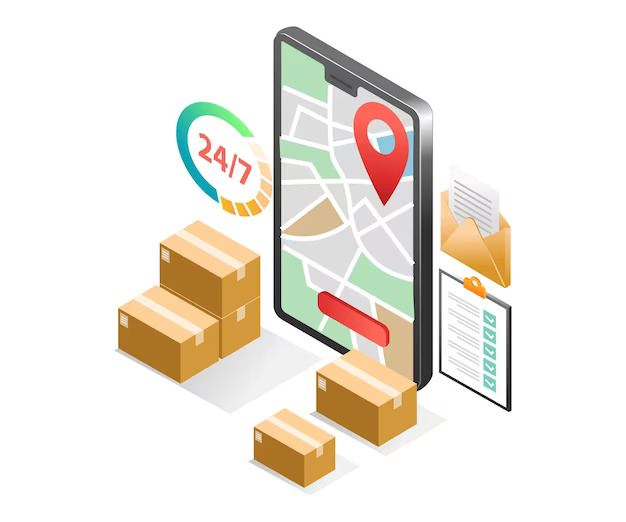In today’s world, where consumers are increasingly concerned about sustainability and ethical practices, traceability in textile supply chains has become more crucial than ever. The ability to track the journey of a product from its raw material stage to the final consumer not only ensures transparency but also builds trust and credibility. This blog explores the growing importance of traceability in textile supply chains and how it benefits various stakeholders, including manufacturers, retailers, and consumers.
Understanding Traceability in Textile Supply Chains
Traceability refers to the ability to track and trace the history, application, and location of a product. In the context of textiles, it involves monitoring every step of the supply chain, from sourcing raw materials to manufacturing, distribution, and retail. This process helps in ensuring that products meet quality standards, comply with regulations, and adhere to ethical practices.

Why Traceability Matters
- Consumer Trust and Transparency
Modern consumers are more informed and concerned about the origins of their products. They want to know where their clothes come from, how they are made, and under what conditions. Traceability provides transparency, allowing brands to share detailed information about their supply chains, thus building consumer trust and loyalty. - Sustainability and Ethical Practices
The fashion industry has been criticized for its environmental impact and unethical labor practices. By implementing traceability, brands can ensure that their products are sourced and produced sustainably and ethically. This not only helps in reducing the environmental footprint but also promotes fair labor practices. - Compliance and Risk Management
Traceability helps companies comply with regulations and standards, reducing the risk of legal issues and penalties. It also allows them to identify and address potential risks in their supply chains, such as the use of hazardous chemicals or child labor, ensuring a safer and more reliable production process. - Quality Control
With traceability, brands can monitor the quality of their products at every stage of the supply chain. This helps in identifying any issues early on and ensures that the final product meets the desired quality standards.

Technologies Enabling Traceability
- Blockchain Technology
Blockchain provides a secure and transparent way to record and verify transactions. In textile supply chains, it can be used to create an immutable ledger that records every step of the production process, from raw material sourcing to the final product. - RFID and IoT
Radio Frequency Identification (RFID) and Internet of Things (IoT) devices can be used to track products in real-time. These technologies provide detailed information about the location and status of products, enabling better inventory management and reducing the risk of theft or loss. - Digital Platforms and Apps
Digital platforms and customer apps facilitate traceability by providing real-time tracking and monitoring of orders. Locofast’s customer app, for example, offers features like tracking live orders and requesting custom fabrics, enhancing transparency and customer satisfaction. Learn more about these features in our blog on Tracking Live Orders and Requesting Custom Fabrics: Locofast’s Customer App Features.
Implementing Traceability in Textile Supply Chains
- Collaboration and Integration
Implementing traceability requires collaboration among all stakeholders in the supply chain, including raw material suppliers, manufacturers, and retailers. Integrating their systems and processes ensures seamless tracking and monitoring of products. - Setting Standards and Regulations
Establishing clear standards and regulations for traceability helps in maintaining consistency and reliability. Companies should adhere to industry standards and work with certified suppliers to ensure compliance. - Educating Stakeholders
Educating stakeholders about the importance of traceability and how to implement it effectively is crucial. Training programs and workshops can help in building the necessary skills and knowledge for successful implementation.
For more insights on sourcing quality fabrics, visit our blog on A Guide to Fabric Sourcing.
The Future of Traceability in Textiles
The future of the textile industry lies in embracing traceability and transparency. As technology continues to evolve, new and innovative solutions will emerge, making it easier for companies to track and monitor their supply chains. Staying ahead in the textile industry requires adopting these trends and leveraging traceability to build a sustainable and ethical brand. For more trends and insights, check out our blog on Staying Ahead in the Textile Industry: Trends and Insights.
Conclusion
Traceability in textile supply chains is no longer just an option but a necessity. It ensures transparency, promotes sustainability, and builds consumer trust. By leveraging advanced technologies and collaborating with stakeholders, companies can implement effective traceability systems that enhance their operations and reputation.
For comprehensive textile solutions and to experience seamless order tracking, visit locofast.com. Locofast is committed to providing high-quality fabrics and exceptional customer service, helping you stay ahead in the textile industry. Explore their website to learn more about their products and services.

